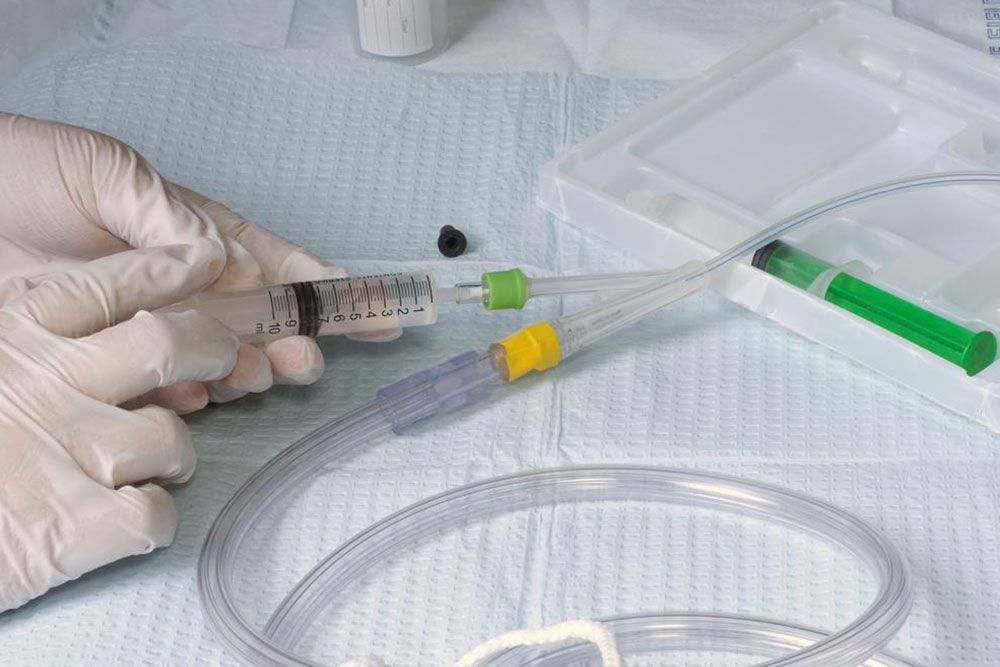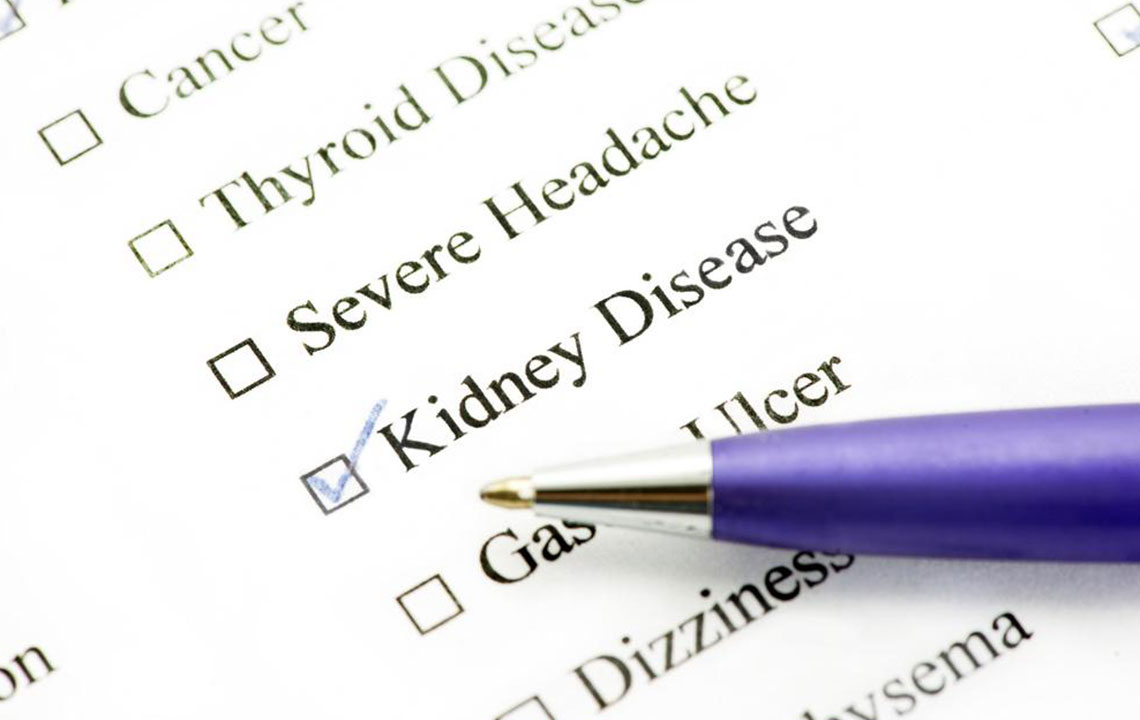Guide to Urinary Catheters: Risks, Maintenance, and Costs
This comprehensive guide discusses urinary catheters, highlighting potential risks, essential care routines, and cost considerations. It explains different types of catheters, signs of infections, maintenance tips, and insurance coverage options. Proper management can minimize complications and improve patient comfort during long-term use or recovery, making it a valuable resource for patients and caregivers alike.

Guide to Urinary Catheters: Risks, Maintenance, and Costs
Urinary catheters - understanding risks, care routines, and expenses
A urinary catheter is a flexible tube used to drain urine from the bladder into a collection bag, often necessary when normal urination is impaired. Conditions such as prostate issues, bladder cancer treatment, nerve damage, surgeries, and incontinence may require catheterization. Administered through the urethra or via a small abdominal incision by healthcare professionals, these devices are commonly used in hospitals but can also be maintained at home with proper training for long-term management.
There are three main types: external (primarily for men), indwelling, and intermittent catheters.
The selection of a catheter depends on individual health needs and recovery duration. Indwelling types are suited for long-term use due to immobility, while removable intermittent catheters are preferred for outpatient care. Continue reading to explore potential risks, maintenance tips, and costs associated with urinary catheters.
Potential risks and complications
Indwelling catheters can elevate the risk of urinary tract infections. Regular cleaning is crucial to reduce this risk.
Signs of infection include:
Fever and chills
Cloudy urine
Burning sensation during urination or in the genital area
Blood in urine
Strong smelling urine
Headaches
Lower back discomfort
If you experience these symptoms, seek medical advice promptly.
Avoidable issues encompass:
Bladder stones
Blood in urine
Allergic reactions to catheter materials
Urethral injuries
Kidney damage
Septicemia from infections in urinary pathways or bloodstream
Proper catheter care at home
Ensure daily cleaning of the catheter and surrounding area to prevent infections. Drainage bags should be emptied at least every 8 hours or when full, using diluted bleach or vinegar for sterilization. Staying well-hydrated with plenty of water helps reduce infection risk.
Single-use sterile catheters are available for short-term therapy. Patients should also maintain good personal hygiene before catheter insertion.
Lifestyle considerations
A balanced diet rich in whole grains, fruits, and vegetables helps prevent constipation, which can increase bladder pressure and cause leaks. Drinking at least 2 liters of water daily supports bladder health by flushing out bacteria.
Insurance coverage for urinary catheters
Major plans like Medicare may cover the costs of catheterization when it is medically necessary. Medicare Part A covers inpatient use, while Part B includes outpatient and long-term incontinence care, provided a healthcare provider's prescription is submitted. Private insurance plans should be reviewed for specific coverage details and co-pay requirements.
Tags – urinary catheter, bladder management, male catheter


